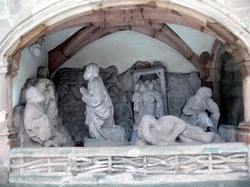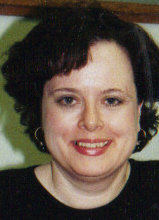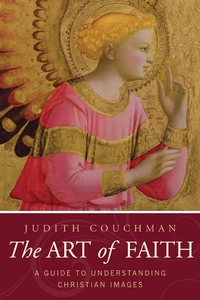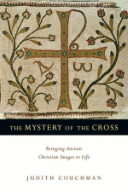
--Benvenuto Cellini
During the sixteenth century in a town near Ulm, Germany, Anna Brietinger and Anna Mentzen left a local spinning-bee and walked to the nearby church. In the churchyard they illegally uprooted a statue of Christ from the Ölberg, the portrayal of Christ in the Garden of Gethsemane before his trial and crucifixion. This arrangement, often set up in churchyards, served as a focal point during the Passion Week. Christians carried the sculpture into the church and placed it in a simulated sepulcher on Good Friday and “resurrected” it on Easter Sunday.
Familiar with this ritual, the two Annas carried the Christ image to a house sponsoring another spinning-bee and placed it on a table. Three men then spoke to the statue, and when it would not answer, a man drew his sword and chopped off its hand. After this, one of the men carried the sculpture to another spinning-bee, sat it on a table, and demanded: “If you are Paul, help yourself!” He knocked the statue from the table and then threw it out the window. Afterwards, Anna Brietinger and another woman returned the Christ figure to the Ölberg.
The Ölberg incident seems almost comical today, but it highlighted serious convictions that factored into the Reformation. Speaking to an image—even daring it to act or save itself—emerged from the medieval idea that sacred art harbored supernatural qualities. Protestantism sought to destroy this belief and smashing or dismembering the object proved it did not possess magical powers to help itself or anyone else.
Even more, the incident underscored the powerful influence of sculpture, handed down from classical Greek and Roman artists. Sculptors often created three-dimensional works, offering viewers a sense of reality and interaction with the figures. In some cases, people perceived sculpture as nearly lifelike and assigned them human characteristics.
However, the Reformation didn’t tell the entire story about Christian sculpture. For many centuries believers regarded it as a beautiful expression of faith, memorializing Christ, saints, biblical characters, and sacred stories. Sculpture also extended beyond figures-in the-round into coins, homes, coffins, icons, jewelry, vessels, reliquaries, church architecture, and more. Sculpture participated in many aspects of Christian worship, and much survived for us to appreciate.
These surviving works compel us to respect the sculptors among us today. They fulfill a sacred role.
Read more about Christian art in Judith Couchman’s book, The Art of Faith, published by Paraclete Press. Available at amazon.com in paperback and Kindle.
 RSS Feed
RSS Feed



